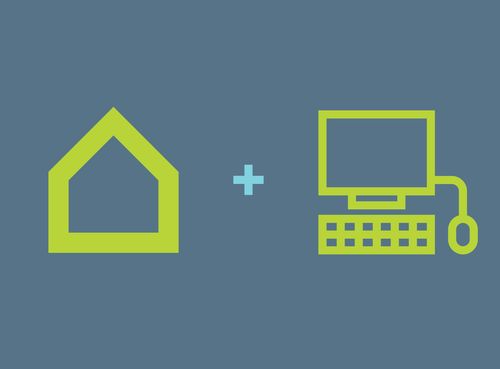In 2020, PPL recommitted to our Strategic Direction that focuses on Housing Stability & Career Readiness. Now is the time to drive our vision for vibrant, thriving communities that will have a multi-generational impact on previously underinvested and underemployed communities. ‘Why Housing & Jobs’ is part of a series on how PPL’s 2020 – 2022 Strategic Direction comes alive in our work.
PPL is Positioned to Thrive by committing to two essential components of economic stability for families and communities, housing and jobs.
-------
Why Housing & Jobs: To create long-term stability
The most effective way to promote long-term self-reliance is by stabilizing the economics of a household. PPL’s dual focus on housing and jobs gets to the core of what makes a household function economically. When these fundamentals are unstable, a host of other problems emerge.
When we stabilize a household economically, we help set the stage for long-term success. Plus we help ensure that the next generation in that household can have a better future.
“(Housing) is often a critical precursor to other improvements in their lives. People with the foundation of a home are better positioned to take advantage of supportive services: they have the stability in which to engage in a job search. They have the platform they need to provide care and continuity for their young children. The absence of housing helps make attaining personal goals that much harder to attain."
PPL's Resident Services works with residents to provide support and opportunities so everyone can thrive, focusing on Housing Stability, Economic Advancement, Health & Wellness, Community Engagement, and Youth Development. Through these services, 95% of PPL households maintain stable housing for 24 months or more.
When families are stabilized with affordable housing and a job that pays a livable wage, we have better outcomes; kids do better in school, parents can prioritize health, families can increase their credit, and everyone experiences less trauma.
Why Housing & Jobs: To disrupt poverty and inequity
People of color (POC) are the fastest-growing segment of Minnesota’s population and are an increasingly large part of our workforce. Data also show that, overall, these members of our community are: 1) More likely to live in poverty; 2) Less likely to graduate from high school; and 3) Less likely to own their own home.
“Young people living in Minnesota, from birth through early adulthood, particularly need to acquire skills to succeed in jobs essential to our economy. Reducing income and racial disparities in education is key to maintaining a strong workforce."
PPL Career Readiness programs provide participants with the skills necessary to get and keep a job, with proven income growth and job placements. With over 80% of participants being POC, PPL’s workforce training programs are partnering with jobseekers to polish their skills, build their resume, and practice interviewing so they are empowered and prepared to get hired.
By acknowledging and elevating disparities, we are increasing our understanding of the complex barriers POC face every day, especially those related to housing and jobs. Our goal is use data to make sound decisions that will disrupt poverty and inequality, and increase the quality of life for members of our community.
Why Housing & Jobs: The Data
The increasing housing shortage and rapidly transforming workforce have reinforced our conviction that our strategic focus on housing and employment is right for our community and right for these times.

